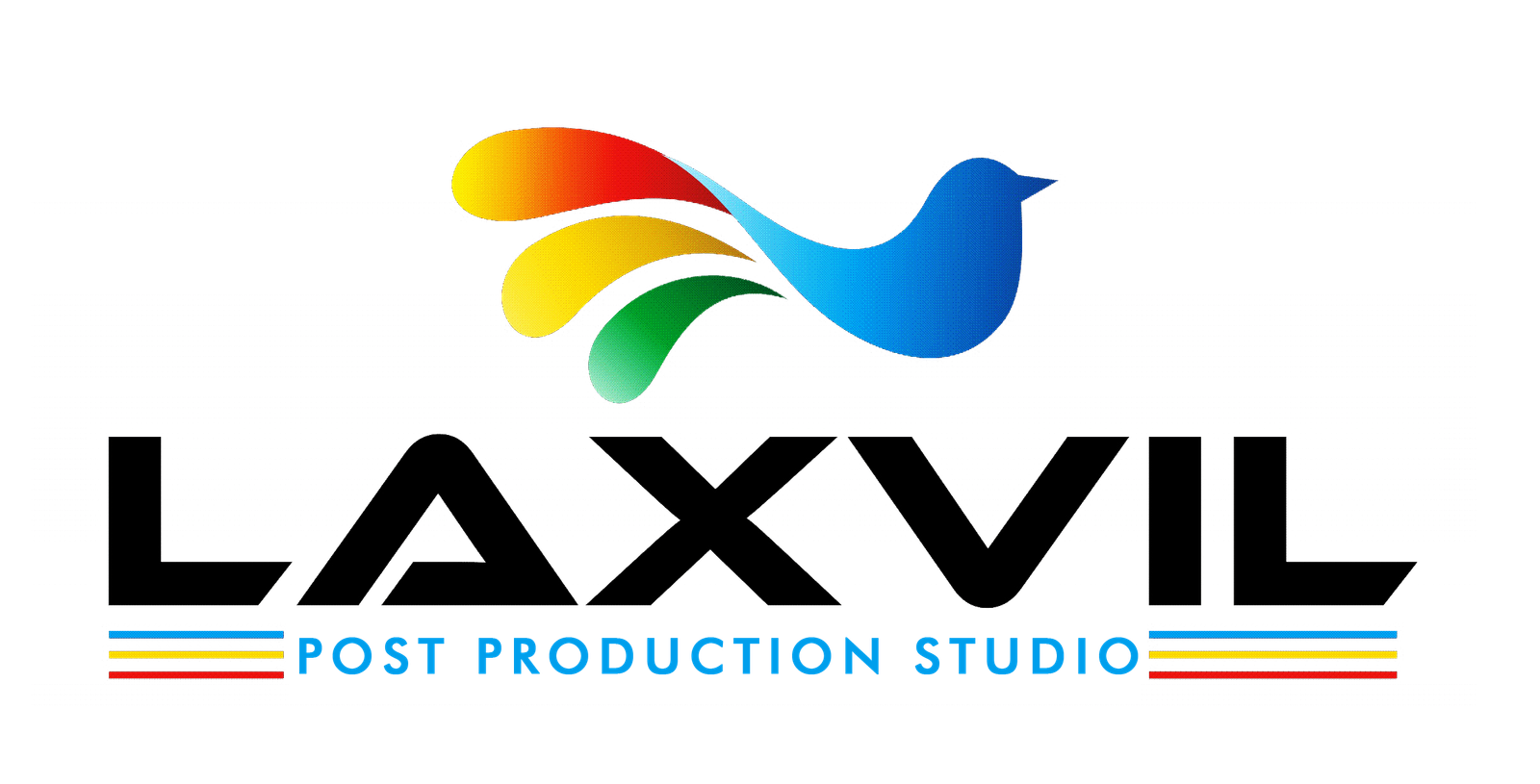Spatial audio is no longer just a futuristic concept—it's here and it's transforming how we experience music. From Apple's implementation in Apple Music to Dolby Atmos integration across platforms, let's explore this technological revolution.
What is Spatial Audio?
Spatial audio creates a three-dimensional sound experience, placing audio elements in a virtual space around the listener. Unlike traditional stereo, which only uses left and right channels, spatial audio can position sounds above, below, and all around the listener.
The Technology Behind Spatial Audio
Dolby Atmos Music
Dolby Atmos, originally developed for cinema, has been adapted for music production. It allows creators to place individual instruments and vocals in a 3D soundfield, creating an immersive listening experience.
Apple Spatial Audio
Apple's implementation uses dynamic head tracking and computational audio to create a personalized spatial experience. It works with AirPods and other compatible headphones to adjust the soundfield based on head movement.
Impact on Music Production
New Creative Possibilities
Producers now have unprecedented control over the listener's experience. They can:
- Move instruments around the listener during a song
- Create depth and height in mixes
- Design immersive soundscapes
- Enhance the emotional impact of music
Production Workflow Changes
Creating spatial audio requires new skills and tools:
- Understanding 3D panning techniques
- Learning specialized software and plugins
- Rethinking traditional mixing approaches
- Considering how mixes translate to different playback systems
Challenges and Limitations
Accessibility
Spatial audio requires compatible hardware and software, which may limit its reach initially. Not all listeners have access to spatial audio-capable devices.
Artistic Considerations
There's debate about whether spatial audio enhances or distracts from the musical experience. Some argue that constant movement of audio elements can be gimmicky rather than musical.
The Future of Spatial Audio
As the technology becomes more accessible and artists become more fluent in spatial production techniques, we can expect:
- More nuanced and musical use of spatial elements
- Integration with virtual and augmented reality experiences
- Development of new spatial audio formats
- Wider adoption across streaming platforms
Getting Started with Spatial Audio
For producers interested in exploring spatial audio:
- Start with compatible DAW plugins (Logic Pro X, Pro Tools, etc.)
- Experiment with existing stereo mixes
- Study spatial mixes from established artists
- Invest in spatial audio monitoring solutions
Spatial audio represents a significant shift in how we think about music production and consumption. While it's still early days, the potential for creating more immersive and emotionally engaging musical experiences is enormous.
